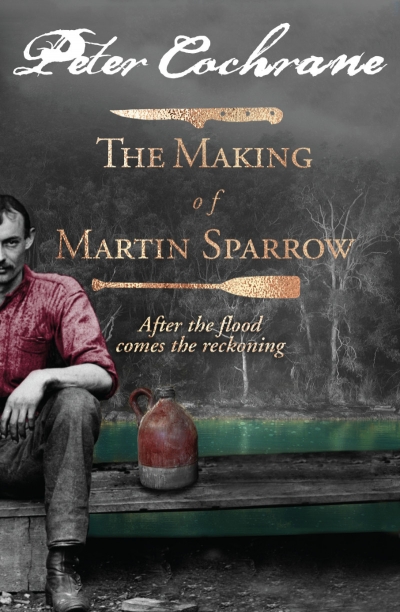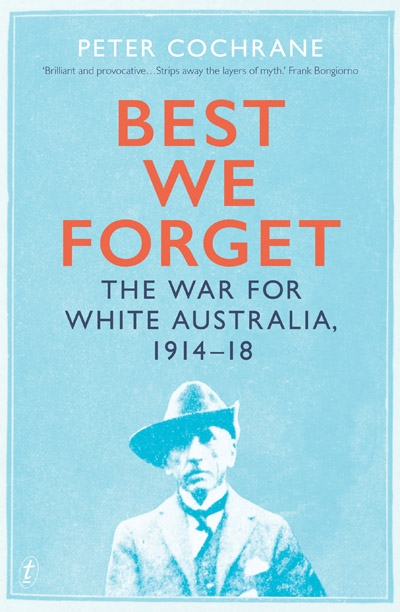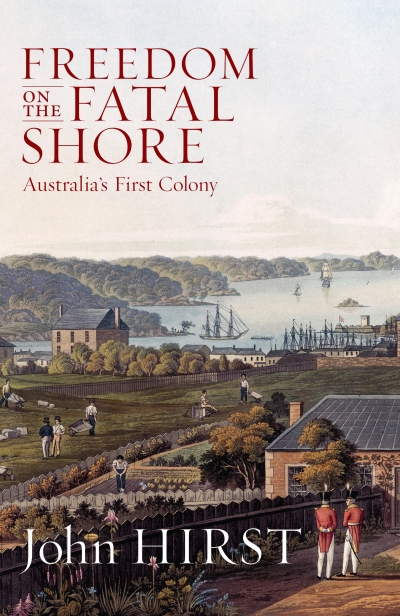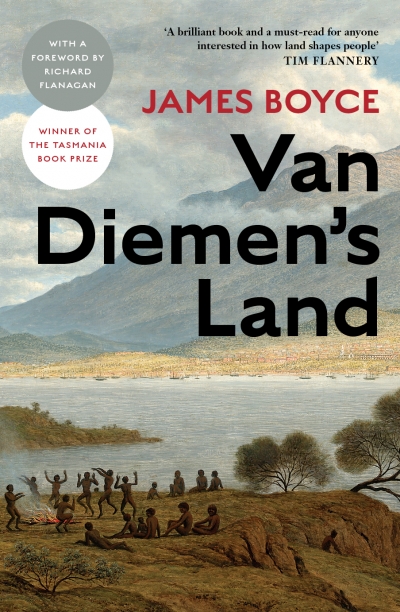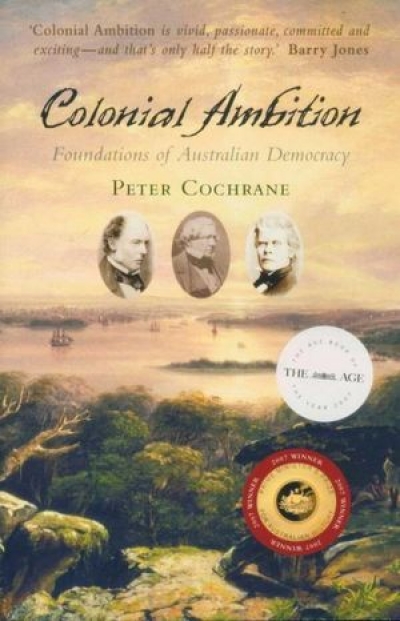Peter Cochrane
The Making of Martin Sparrow: After the flood comes the reckoning by Peter Cochrane
‘Desert Masterpiece’ (Introduction to the Text Classics edition of Tobruk 1941 by Chester Wilmot) by Peter Cochrane
Chester Wilmot was on board British Airways Flight 781 on 10 January 1954 when it exploded in midair and crashed into the Mediterranean Sea off the island of Elba. He was forty-two years old, a distinguished wartime broadcaster, a bestselling historian, a BBC regular, the military correspondent for the Observer and a pioneer of documentary television. He wa ...
Freedom On The Fatal Shore: Australia's first colony by John Hirst
Swept away
Dear Editor,
I was among the many swept away by Elisabeth Holdsworth’s essay, ‘An die Nachgeborenen: For Those Who Come After’ (February 2007). From the moment she confided, ‘I have returned to the Netherlands to have a specific conversation with the past’, I became an intent listener, almost an inter-loper, following this haunted child’s return after decades away, back to her heritage, Zeeland – ‘The land of my nightmares’.
I do not know the stark Calvinist low country of dunes and ‘massive dykes’, though I flew over it often enough at night. I followed the returning child entranced and often shocked: the fearful Nazi reprisals, the deliberate flooding of the hard-won lands; brother executing brother; the unofficial motto of the province even: ‘never forgive, never forget.’
... (read more)
